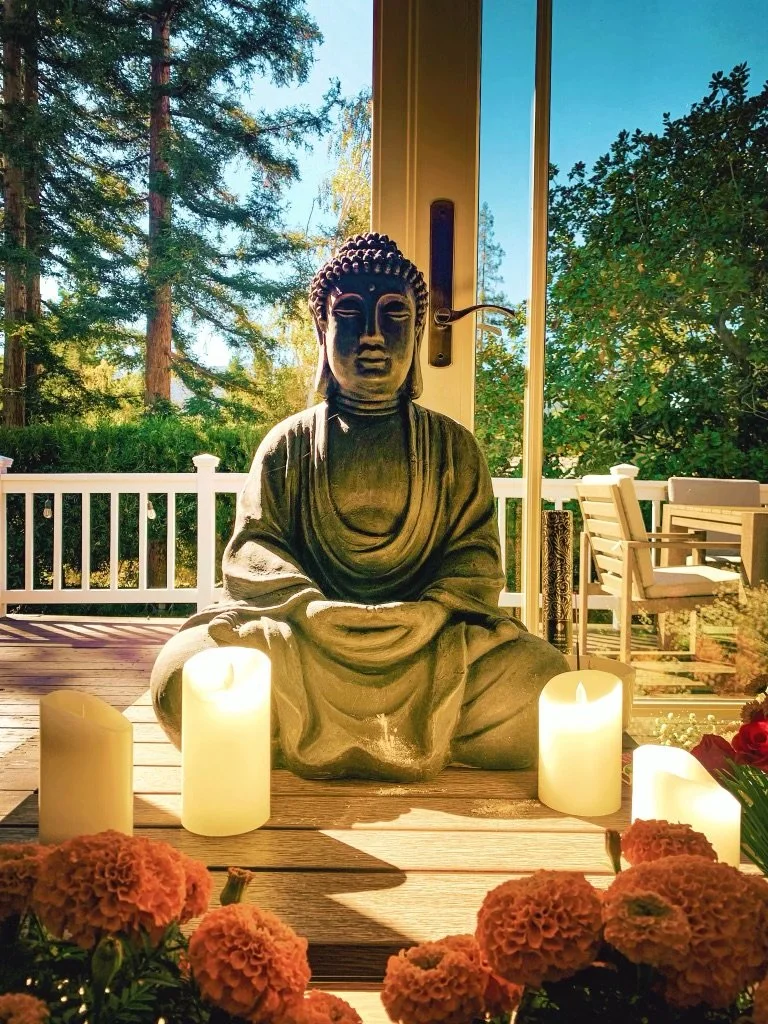Self-Othering
November 30 - December 2, 2023
Los Altos, CA
Los Altos, CA
"Othering" refers to the process of perceiving or treating individuals or groups as fundamentally different from oneself, often leading to their exclusion or marginalization. It can contribute to prejudice, discrimination, and social divisions. Attitudes that cause othering are typically unconscious, habitual, and fear-based.
Promoting empathy and understanding is crucial to counteract the negative effects of othering.
Exploring different facets of oneself can involve understanding emotions, thoughts, values, and experiences. It's a journey of self-discovery that contributes to personal growth and a deeper understanding of one's identity.
Similarly, within ourselves, some parts are isolated or pushed away due to past trauma or challenging experiences. These parts often hold intense emotions, memories, or beliefs that were overwhelming at the time of the experience. And, as is the case with othering, the parts are exiled through exclusion or marginalization because of the fear of pain and distress they cause.
Bringing attention to these parts, acknowledging their existence, and fostering a compassionate and understanding relationship with them is a key aspect of the healing process. By doing so, individuals can work towards achieving a greater sense of inner harmony and balance.
Connecting with parts involves a process of self-exploration and mindful engagement as follows:
1. Mindfulness: Create a quiet and safe space to explore your thoughts, emotions, and sensations without judgment. Makes absolutely no difference
2. Identify Parts: Pay attention to different aspects of yourself. Notice recurring thoughts, emotions, body tension, or behaviors that may indicate the presence of distinct parts.
3. Exiled part(s): Notice emotions, thoughts, beliefs, or behavior that you have been avoiding or denying. A clue might be negative attitudes you might have toward others who exhibit certain behaviors.
3. Inner Dialogue: Engage in an internal dialogue with these parts. Ask open-ended questions and be curious about their perspectives, emotions, and intentions.
4. Active Listening: Practice active listening to your parts. Approach them with empathy and a willingness to understand their role and significance in your life.
5. Express Gratitude: Acknowledge the positive intentions of each part. Even if a part's impact has been challenging, recognize that it emerged as a protective response.
6. Create a Safe Space: Imagine a safe and nurturing space within your mind. Invite your parts to share their experiences and feelings within this space.
7. Build Trust: Establish trust with your parts. Assure them that you are committed to understanding and supporting them without judgment.
8. Integration: Work towards integrating these parts into your overall sense of self. Recognize that each part has valuable contributions, and their integration can lead to a more balanced and harmonious inner experience.
This process takes time. The purpose of this retreat is to provide a safe space of acceptance and non-judgment such that all possibilities are allowed to show up.
This is accomplished through a structure based on a silent meditation retreat format. Combining meditation, inquiry, and group sharing creates the space for a nondual process thereby opening to friendship and love.
—
This beautiful retreat ended with a focus on service. Participants wrote inspirational notes to the prisoners in the prison project. These were delivered by Doug at the Buddha Enlightenment Prison Retreat Banquet. Each prisoner chose one of the notes, wrapped in a ribbon, and had an opportunity to reflect on it with the group.

